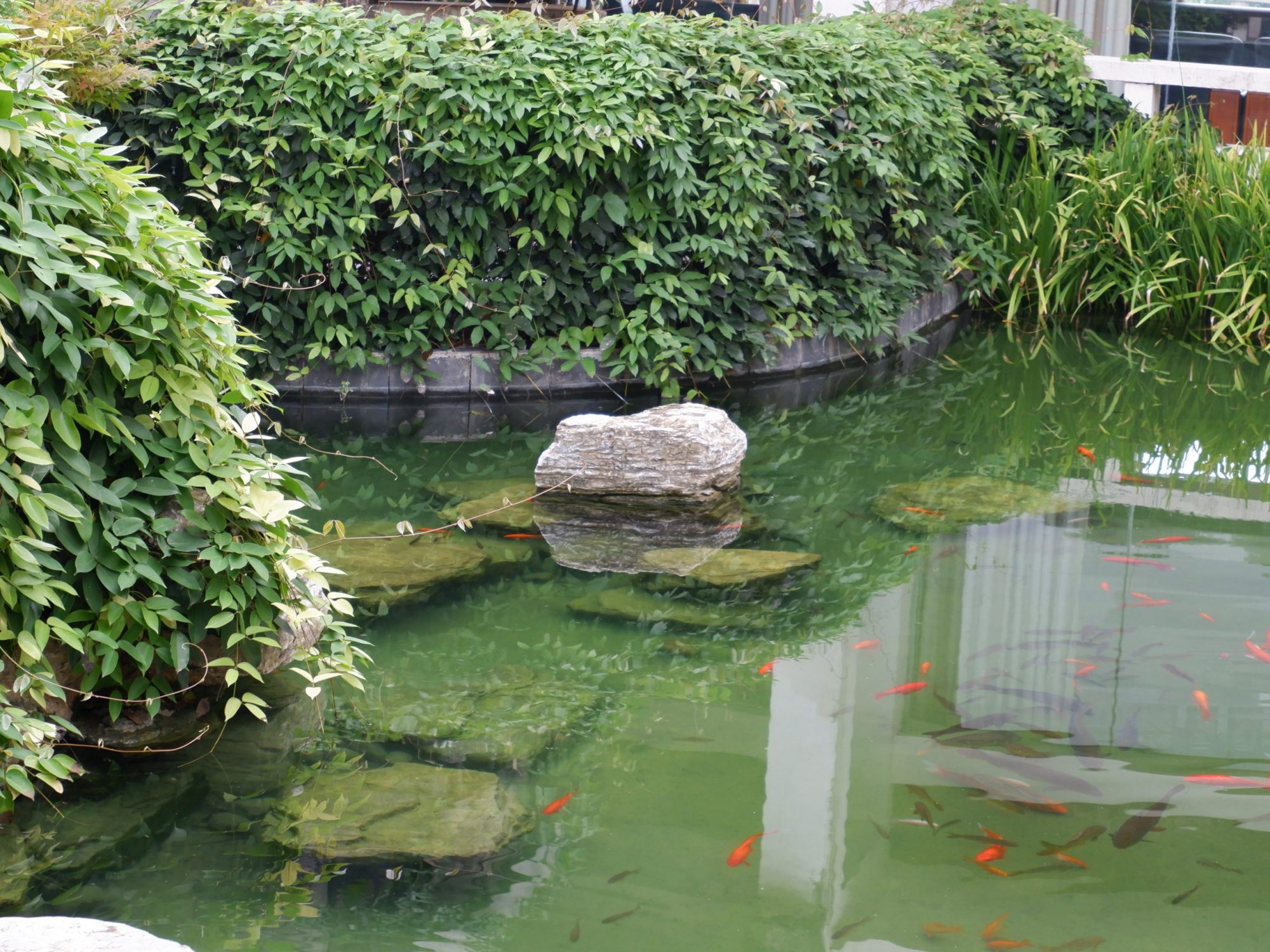Also known as Hsienhua Lou, Tome Loulin lives in Hubei’s Qianjiang city and is currently a graduate student of translation studies. Email: letters@zhexuezhe.com
Exclusiveness, it occurs to me, is the nature of culture. This trait has so far in our documented history shaped and redefined the way we live now since everything sophisticated enough to be taken seriously involves cultural elements. Thus, a radicalization of our cultural imagination in this digital era, whose power of shaping our views about other groups of people seems so powerful, may itself seem like a romantic defense of our right to reclaim our cultural identity, which defines the meaning of our life, because many people do see culture as a imagined home that harbors our dreams, ambitious or not. And home means being free, free to truly see ourselves as what we are, free of malicious attacks from those intolerant of what we value, love, and cherish. And sometimes, the yearning of a home, it holds, reflects a sense of insecurity inside us. Living is, overall, like a journey to find that home, one that’s ideal, free, safe, and accepting.
A harmonious in-group experience, we tend to believe, exists. And it does only when a specific kind of cultural idealization is backed by many inside of that cultural home. But this identity is truly a fleeting thing and its survival depends on the very values we hold. That’s where the generational gaps started and kept accelerating because a moral standard deemed widely accepting and normal may appear horrifyingly limiting and flawed. Time flies and people change their minds so fast that its process is sometimes unnoticeable. The notion of an inclusive community where every specific way of life is respected and accepted is usually filling up our growing discontentment with this rather dysfunctional and dystopian social reality. That the narratives told by those self-proclaimed cultural supremacists aim at defining moral righteousness demonstrates why certain talks about contemporary culture and society have been largely dominated by those intolerant of cultural equality and diversity. Our spiritual existence is, you may agree, constantly under threat from political-motivated hatreds against other groups because of their very preferences for certain ways of life or, in certain cases, of their biological features.
The time I started noticing certain reports posted on serval internationally influential news media is a time of recognizing how far this ongoing cultural alienization could go. Truth be told, rarely would there be a writer whose creative power wasn’t influenced, in some ways, by the anxieties posed by the geopolitical tensions occurring at the his/her time. The cultural scenes dominating today’s news media are, indeed, aimed at being ideologically, culturally correct, meaning what we see now is merely a controlled representation of how should this world we share be viewed by countless eager minds. In his ‘1984‘, Reality, Orwell wrote, exists in the human mind, and nowhere else. Yet, to concretize his phantasm of an internalized cultural and political dystopia, it appears, proves to be tormenting. Human imaginations–or idealizations–of a fixed, permanent home are indeed an expected universality whose meanings we should, as expected, have no difficulty of comprehending. But why—given this century’s rapid advancement of information technology and our expanding knowledge about a swath of cultural terrains previously unknown to us—are the misunderstandings about people from different countries gotten deepened?
Public opinions are prone to manipulations. There comes this new experience of living in this culturally radical era and of being immersed in a sea of phenomenal misunderstanding of what does the concept of being ‘the cultural and social Other’ mean. ‘People’ as a concept widely used in journalistic and cultural talks to get certain manipulators’ agenda done is a cliché whose power to make us feel home would hardly subside for this imaged cultural home is so much in need at a time characterized by social indifference that impacts the way we live now.
There have been so many opinion pieces warning us about the danger of certain countries as it turns out. Also, there are war talkers whose ‘analyses’ or ‘opinions’ published or deliberated on mainstream media impact the way the readers make sense about the perceived ‘enemies’. Theirs was a way of ceaselessly warning about the threat from an ‘enemy’ usually out of the reason that its political system is different or not rule-based. It’s since when that the notion of protecting the values become synonymous with boundless hatred and violence inciting? Warmongers often believe in order to have peace kept, wars are inevitable or, in some extent, worth waging as long as it is good at achieving their agandas. Those who voice their concerns about wars, any war, are often attacked and labeled as apologists.
War of any kind is a selfish act as its impact on the displaced, wounded, homeless, affected could only be the worst thing ever thinkable, something not only hard to behold but to experience. Yet, on certain newspapers, there are opinion sections full of pieces telling, or warning if you will, readers how dangerous is a perceived geopolitical competitor or the threat from it. It will, some may argue, disrupt the way of life as we know it if we don’t take critical actions against those perceived enemies.
“Sooner or later, an explosion will occur. Yet substituting confrontation for engagement is reckless and futile if the west is not prepared to put its money, political muscle and ultimately its armed forces where its mouth is.” the opinionator, Simon Tisdall, lamented in his piece published on the Guardian in July, warning that there will be ‘an explosion’ occurring between the two countries he mentioned. What kind of an explosion? How damaging is it?
“Confrontations, political muscle, armed forces, explosion, and futile” these words, it turns out, have the power to get the least political-sensitive person shocked if it didn’t seem crucial for the reader to see the evidences required to prove the urgency of taking measures against the described and perceived ‘threat’ before reaching out to a conclusion. Since it is always the cautious ‘analyses’ about other countries that come first to readers before facts, it is no exaggeration to say that now despite recognizing that ideological one-sidedness and partiality defined the characters of today’s news media, holding a more friendly and positive attitude towards another culture different to ours becomes unlikely. War-wagers are praised, in many instances, as guards, fighters whose precautious talks about war are to be widely disseminated from one era to another, compulsorily learned by all members of the society’s young. Often forgotten are the horrors experienced by so many who were displaced, resettled, homeless and died during various wars.
There is a photograph by Carl Mydans—first published on LIFE magazine—captioned: ruins of village near Penghu in Chinese civil war. Framed in the black and white picture is a woman, her head turbaned with traditional Chinese headwear, simple-dressed, in despair, helplessly and heart-brokenly kneeing in front of what appeared to be her hut that was ruined in the war, perhaps, by fire. The ruined hut that was almost unrecognizable with only some brunt pillars remaining standing. With Mydans’ photography, this framed painfulness becomes eternal. One even without prior knowledge about photojournalism would know how hard and heart-rendering it is to experience war, indeed, any kind of war, whether firsthand or second.
Yet photographs, overall, do not provide us a visual experience that had them taken in the first place; instead, what photography does provide are various visual spaces it creates in our minds, leading us through the scenes similiar to the original ones that led photographers to press the shutter. The looking of photographs, it appears, always suggests a secondhand, alternative reality whose psychological significance brings us to a limited area of subjective imagining. But after seeing Mydans’ pictures, one could only get more uncertain about the war than about the sufferings immortalized inside the frames: where had the woman affected by the war gone? And how was she?
There were no answers.
It seems confusing perhaps for—if the horrors of war suffered by those silenced, wounded, killed in wars remain disregarded—such photographs, indeed, will be innumerous.

